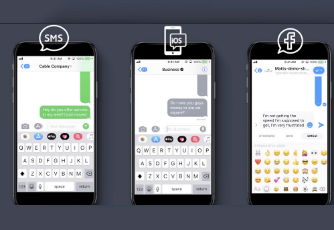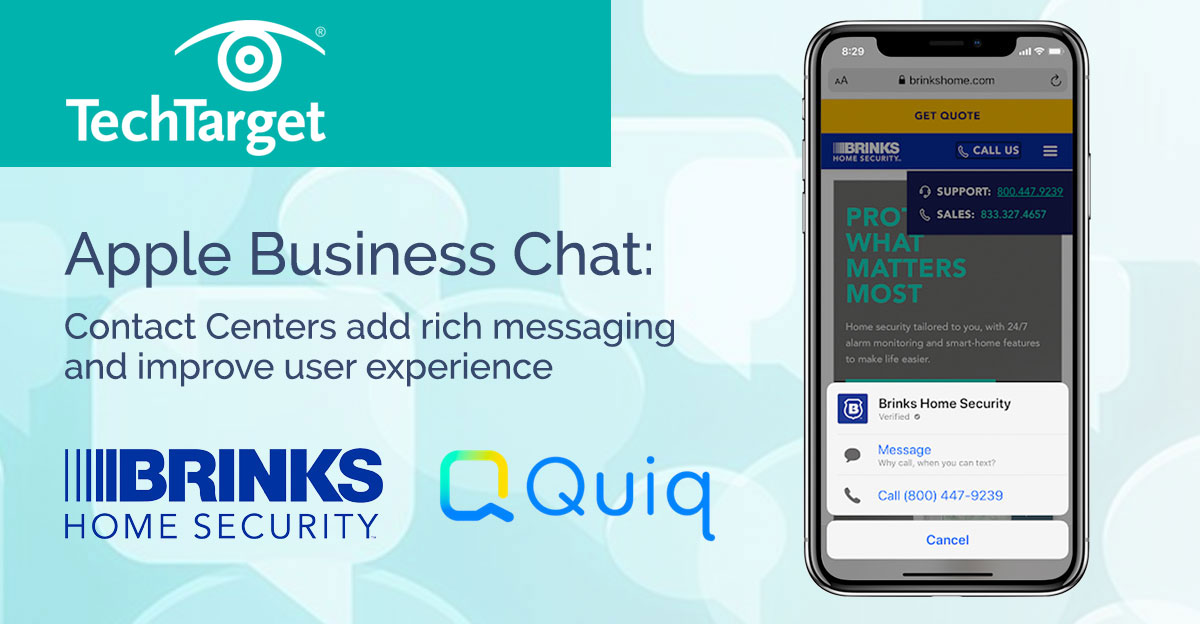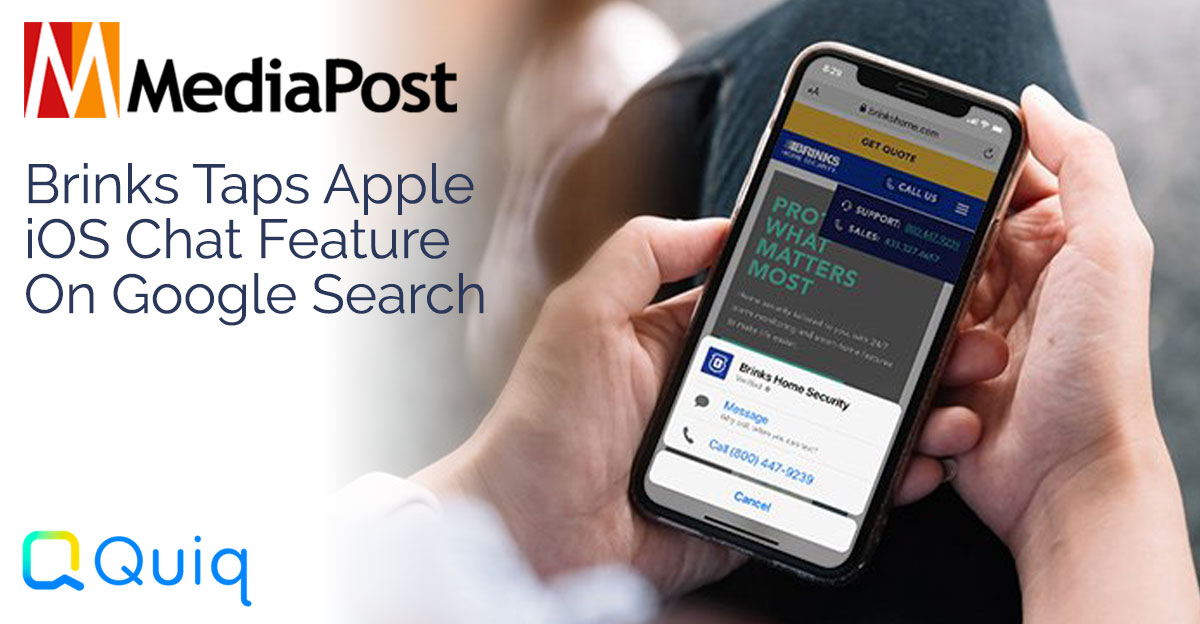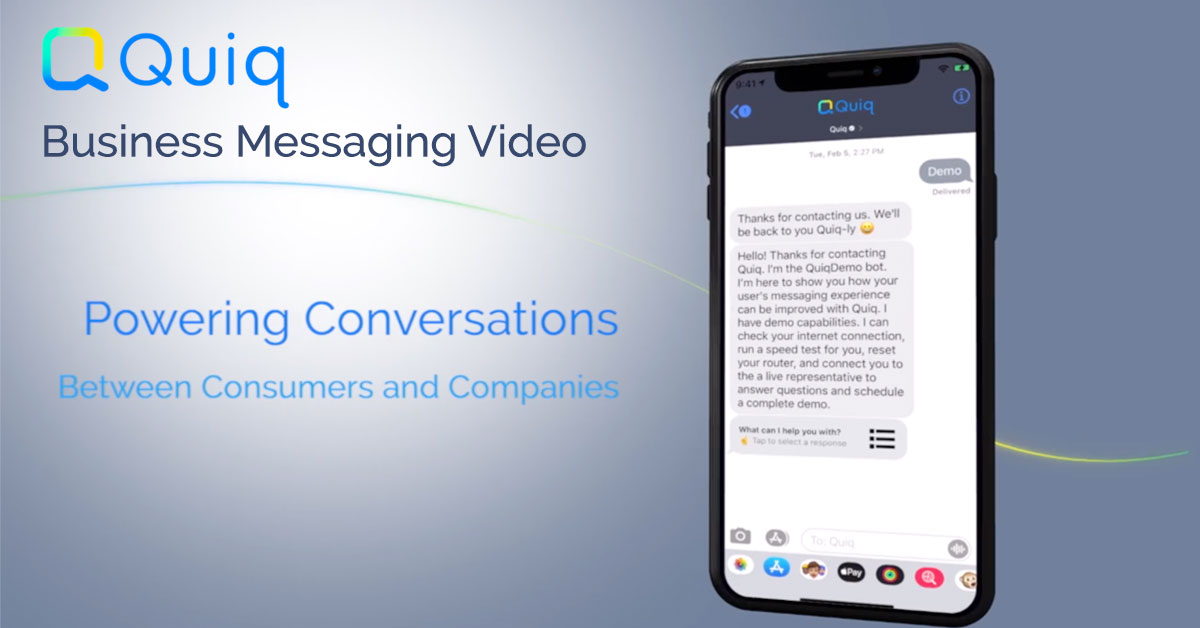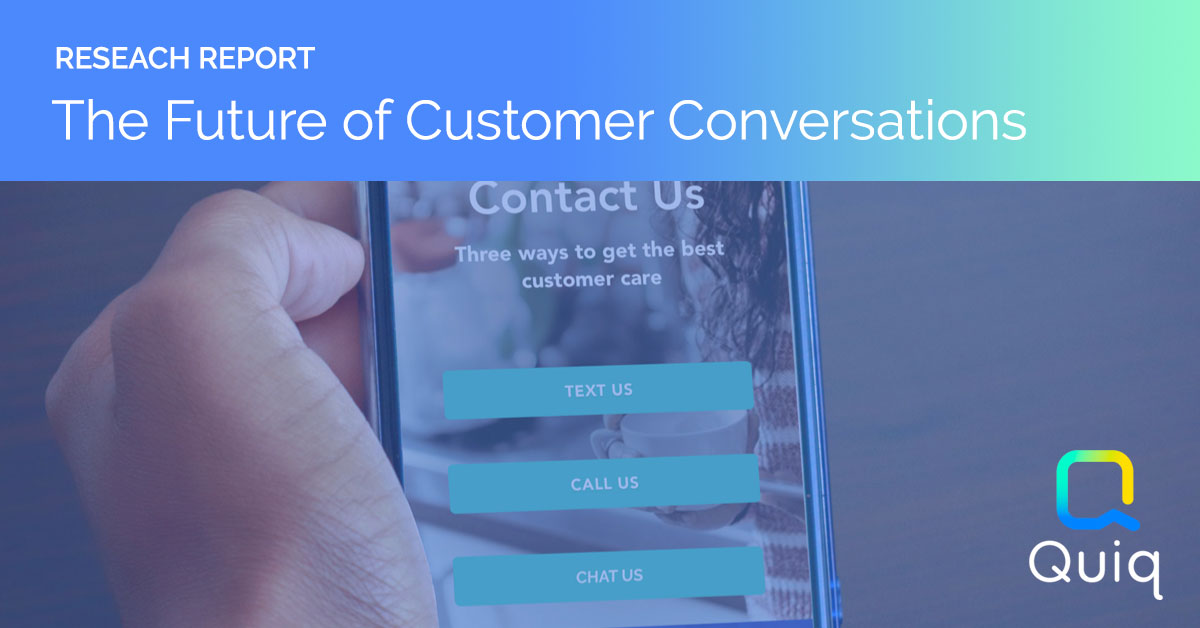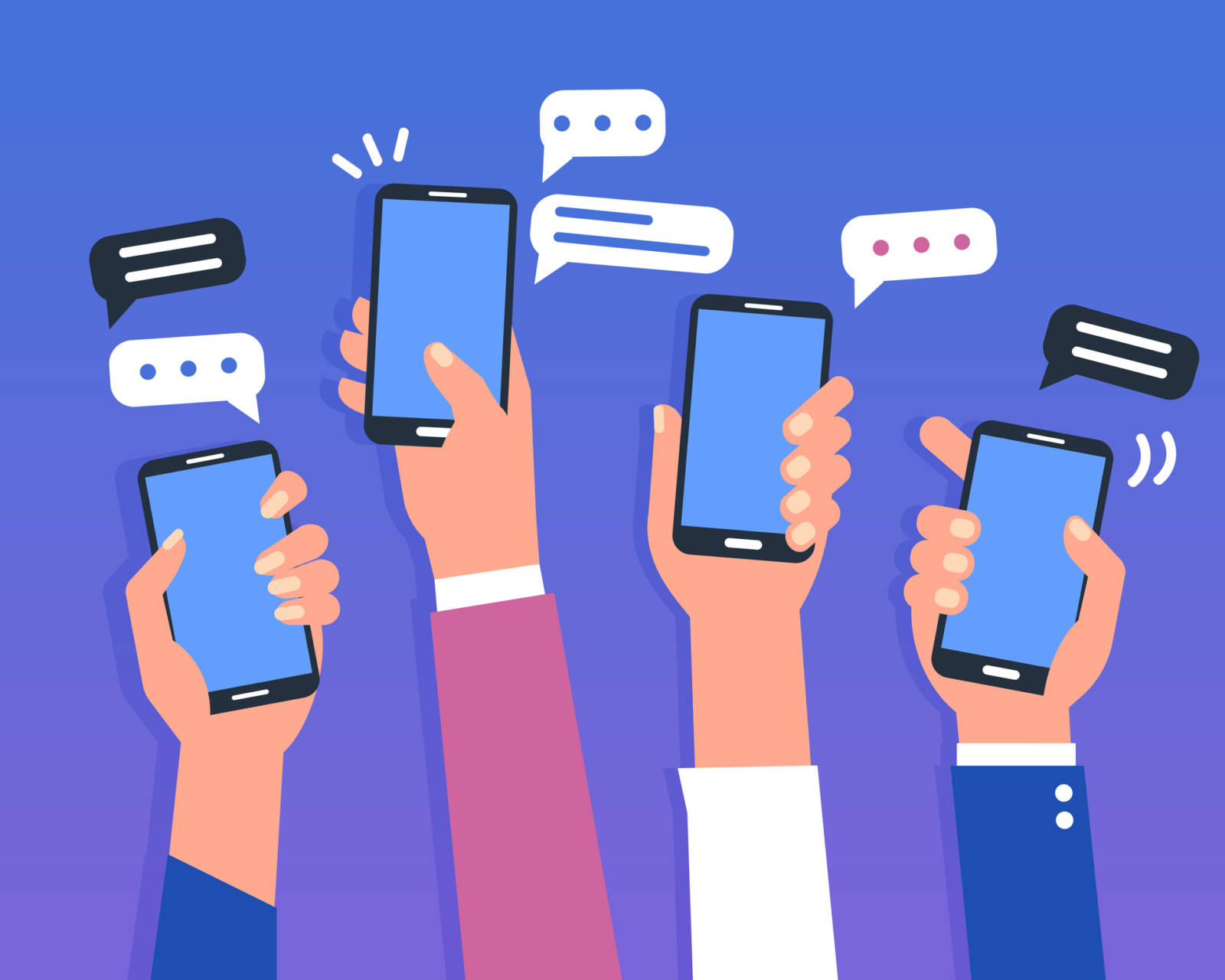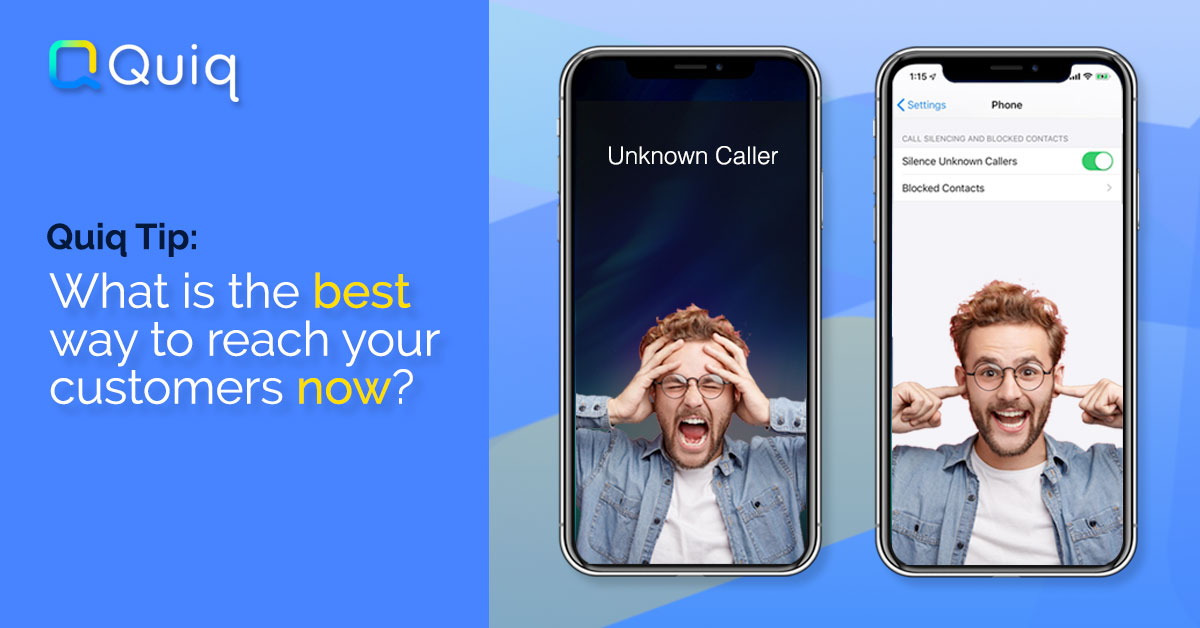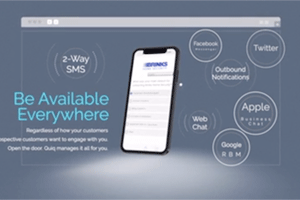The normal sounds of a contact center are usually a cacophony of ringing phones, one-sided conversations, clicks, and keyboard taps. These sounds, or at least some of them, and their association to call centers may soon be fading into the background. According to McKinsey & Company, 57% of executives consider reducing call volumes their number one priority for the next five years, which is music to the ears of customers and contact center employees alike.
57% of executives consider reducing call volumes their number one priority for the next five years.
To achieve this goal, technologies, such as chatbots, live chat, and text messaging, have been identified as the top ways to make that call reduction dream come true. These new channels are highly valuable to reduce calls and costs, as well as necessary investments for this generation of digital-first consumers. Let’s dive into the ways to reduce inbound call volume without sacrificing the customer experience.
Reducing call center volume may get a bad rap in some circles. Some may think of reducing calls as simply a way to cut costs. There’s more to the story than just that. It’s true, you’ll see an impact on your bottom line by reducing inbound call volume. Fewer calls can translate to fewer agents to handle those calls. But that’s not the only way fewer inbound calls can affect your bottom line.
Fewer inbound calls also mean that agents can dedicate more time providing a higher level of service to each customer. Fewer calls equal shorter queues, less wait time, and faster response times, and higher quality interactions with agents. These incredible benefits are also the inherent traits of companies who have made the customer experience the way to differentiate themselves and win repeat business.
Take, for example, Tailored Brands. The retail holding company responsible for multiple brands, including the Men’s Wearhouse and Joseph A. Bank, strives to set themselves apart from their competition based on the service they provide customers. In the highly competitive and fast-moving retail space, that means more than just offering a wide product line, since consumers literally have a world of options at their digital fingertips.
Instead of competing solely on clothing quality, inventory, and price, Tailored Brands implemented messaging to make their customer’s purchase journey a uniquely convenient and easy experience. They aren’t alone in their race to make changes to their customer experience using digital transformation. Customer Experience Futurist, Blake Morgan, reported in Forbes that enterprise decision-makers have given themselves a two-year horizon to make significant changes in digital transformation before they fall behind their competitors and financially suffer.
Enterprise decision-makers have given themselves a two-year horizon to make significant changes in digital transformation before they fall behind their competitors and financially suffer.
When you view your contact center as more than just a cost center, the importance of reducing inbound calls become clear. Reducing inbound calls to your contact center has less to do with cutting costs and more to do with adding value for customer through easier pre and post-sales interactions.
How to Reduce Call Center Volume
Tailored Brands, like so many other companies from retail to financial services, want to make doing business with them much more convenient. Opening up their “messaging doors” with channels like ,web chat, SMS/text messaging, rich messaging, and Facebook Messenger, are how these companies are slashing inbound calls without sacrificing the customer experience. In fact, these channels are enhancing the experience by providing easy, convenient ways for consumers to engage with companies at their convenience.
Here’s how companies are reducing their call center volume with the help of technology:
Give customers the channel they prefer
This one’s easy. Not every customer wants to phone or email you. In fact, almost no customer today wants to call or email a company. For Tailored Brands, the addition of text messaging was a way to adapt to their consumer’s shift from traditional methods of contact, like phone and email, to more convenient engagement channels. Because Tailored Brands is catering to their customer’s preference for digital channels like chat and messaging, they’ve deflected expensive phone calls, realizing a 175% increase in text messages received by each brand.
Let the channel match the customers’ challenge
Other companies, like the popular ski destination Jackson Hole Mountain Resort, have also reduced calls through text messaging. Jackson Hole was specifically looking for web chat as a more cost-effective way to engage with their guests. The company rolled out both web chat and text messaging and saw a drop in calls and emails because many of the customer’s inquiries were simple and straightforward questions like, “What are the tram hours” or “What are the recent snowfalls”. Answering these questions via messaging meant that reservationists were more available to help customers with bookings.
Prepare for spikes ahead of time
Whether it’s tax season, the wake of a big promotion, a product release, or Black Friday, you know when to expect seasonal spikes in call volume within your contact center. As they say, the best defense is a good offense and preparing for those spikes well in advance can help reduce inbound calls.
Some companies, like Williams Plumbing, have the added complication of not knowing when those spikes will happen. Severe winter weather and high volumes of emergency calls used to create spikes for the civil construction and plumbing company with offices across Montana, Wyoming and North Dakota. The company now uses text messaging on their mobile site, chat on their desktop site, and Facebook Messenger to ensure that their customers can reach them whenever they are needed. William’s Plumbing has seen their customers choose text messaging rather than waiting on hold, which has helped decrease their call abandonment rate from almost 13% to 5-8% and allowed the company to capture more leads for future services.
Reducing inbound calls has a large impact on contact center productivity. Unlike asynchronous digital channels like web chat and SMS/text messaging that allow agents to handle multiple, simultaneous calls, agent-assisted inbound phone calls must be handled 1 to 1. As consumers shift to messaging, agents will also shift from handling one phone call at a time to 6-8 messaging conversations at a time.
As consumers shift to messaging, agents will also shift from handling one phone call at a time to 6-8 messaging conversations at a time.
According to the International Customer Management Institute (ICMI), channel mix is one of the biggest drivers that affect agent productivity. High volume contact centers, like Office Depot have quickly gravitated towards these digital channels to decrease Average Handle Time (AHT), while increasing agent utilization and contacts per agent per month.
The First Step To Reducing Calls in Your Contact Center
Messaging channels such as web chat, SMS/text, Twitter, and Facebook have opened a whole new world of possibilities for reducing inbound call center volume. Quiq enables companies to provide pre-sales service and post-sales support across all of these channels through a simple, intuitive agent desktop that supports agents as they deliver exceptional customer experiences.
If you’re searching for an innovative, cost-effective way to reduce your inbound contact center volume, start by exploring Quiq Messaging. Schedule a demo today.
See a Demo Today
